Touch, Connect, Experience.
The Smart Electronic Parts Catalog & After-Sales Support Solution
Pikclix transforms traditional product content manuals, Bill of Materials (BOMs), diagrams into intuitive, interactive diagrams. Users tap any component to instantly view part details, specs, and place orders without confusion or delay

Parts Catalog
Detailed part numbers, descriptions, pricing, and interactive diagrams.
Seamless Integration
Sync with Dealer Management Systems, Business Systems, and more.
AI-Driven Digitization
Convert physical catalogues into digital, interactive diagrams.
Faster, Smarter Repairs
Helps maintenance techs get the right part the first time.
A Closer Look at Our Powerful Features
See how Pikclix enhances parts ordering, inventory management, and after-sales support.
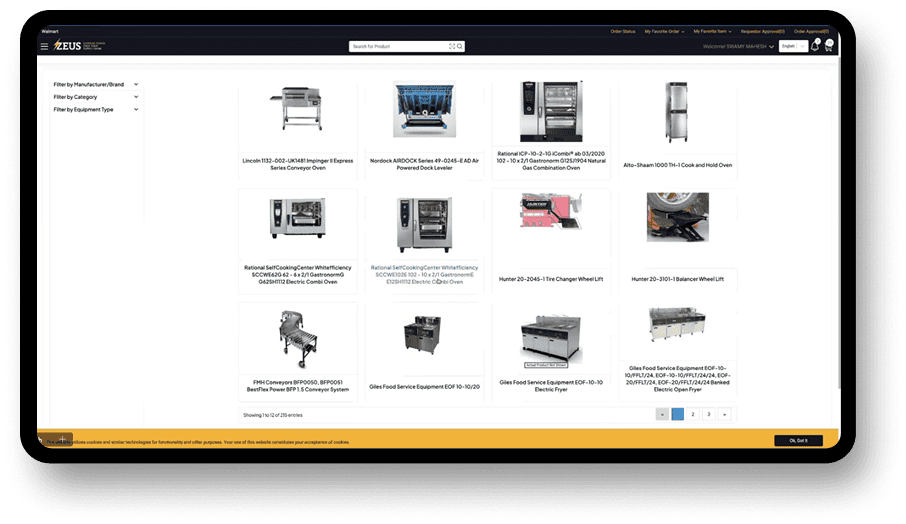
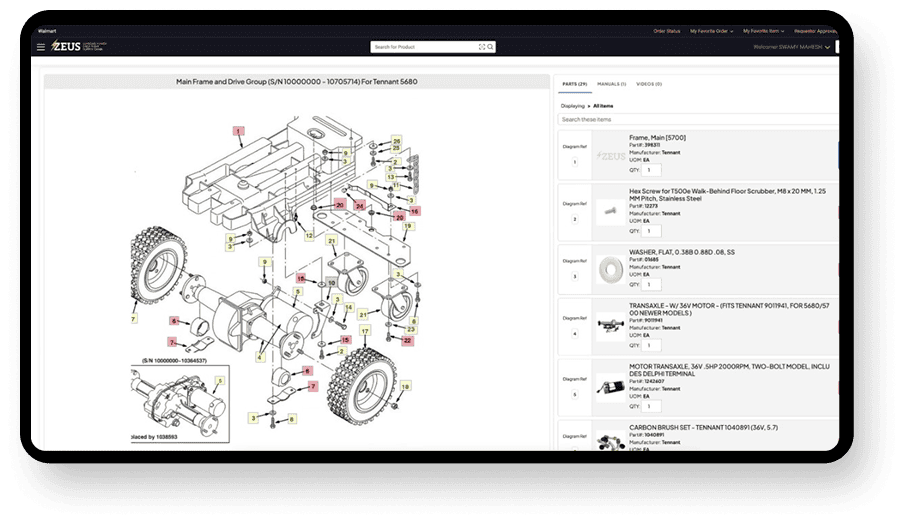
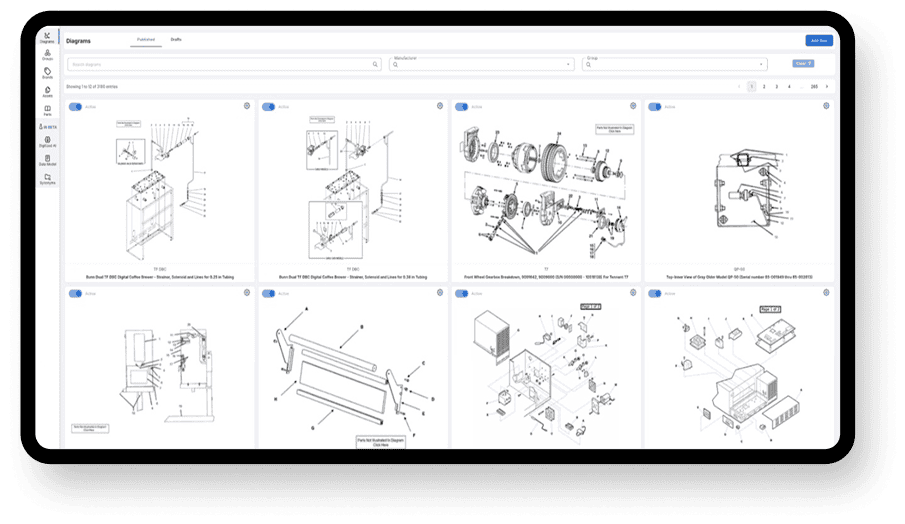
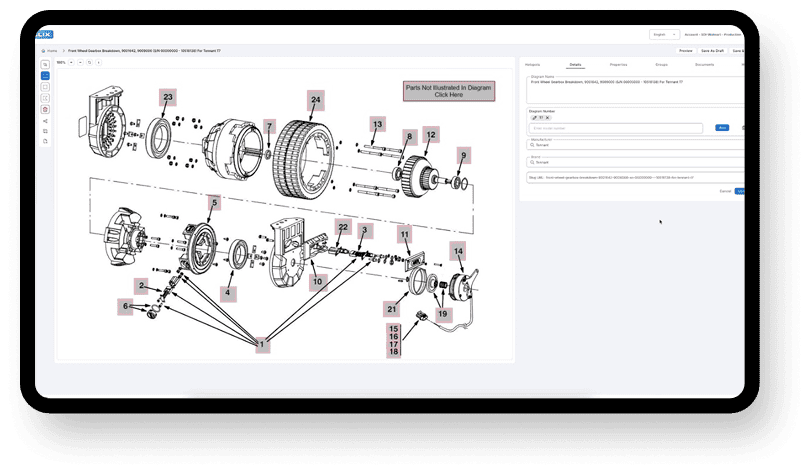
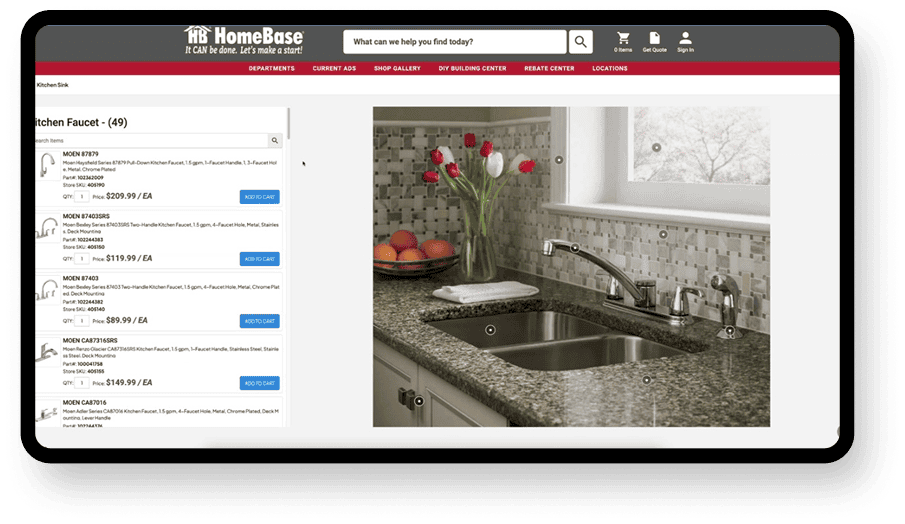

Common Challenges
Businesses across sectors face common challenges that slow growth and strain resources—from outdated catalogs to inefficient support systems. Pikclix addresses these pain points with smart, scalable solutions tailored to each industry.
- Manufacturers: Inefficient after-sales support & complex cataloging
- Distributors: Outdated parts information & lack of real-time updates
- E-commerce: Poor product visualization & low engagement
- Facility Maintenance: Ordering errors & delayed repairs
How Pikclix Solves It?
Pikclix delivers targeted solutions that streamline operations and boost efficiency across industries. From smart catalog management to interactive shopping and accurate ordering, we transform challenges into competitive advantages.
- Manufacturers: Centralized parts catalog & after-sales support
- Distributors: Automatic catalog updates & AI-driven digitization
- E-commerce: "Shop by Room" interactive catalogs
- Facility Maintenance: Fast, accurate parts ordering

Impact of effective after sales support
Revenue impacts
- 70% of customers are more likely to make repeat purchases from companies offering excellent after-sales support.
- Revenue from Existing Customers: 80% of future profits are generated by 20% of existing customers
- Companies prioritizing post-sales service see a 25-95% increase in CLV through repeat business and higher average order values.
Customer satisfaction
- Customers satisfied with after-sales support are 3.5 times more likely to purchase again and refer others,
- Proactive Support = Increased revenue: 89% of customers that are satisfied after proactive receiving proactive service experiences are 87% more likely to take revenue-generating actions after receiving this type of support.
- Analyzing after-sales service data provides insights that can reduce warranty claims by 15-20% and enhance product reliability, leading to improved brand perception and future sales.
Revenue impacts
In manufacturing industry
- In manufacturing and heavy equipment, aftermarket parts and services account for over 40% of total revenue.
- Providing self-service diagrams and digital support tools enhances successful part identification and ordering by 30-50%, reducing mis-orders.
Return on investment
- By investing in quality post-sales services, companies can enhance customer satisfaction driving business growth and success.
- OEMs investing in digital after-sales support platforms experience a 20-30% increase in parts ordering volumes.
PikClix AI
Intelligent post-sales Support
- AI-powered platform purpose-built for post-sales support and parts ordering.
- Scales flexibly to support additional content, products, and services over time.
- Utilizes existing knowledge bases while respecting defined content boundaries.
- Outputs include formatted text, tables, and smart diagrams with cross-referencing.
- Empowers customers to self-serve with confidence and accuracy.
- Built on AI-first principles to deliver accurate, context-aware responses.
- Seamlessly integrates with ERP, sales, and support systems via robust APIs.
- Enhances customer experience through personalized, intelligent interactions.
- Drives higher customer satisfaction, reduces support costs, and increases loyalty.
- Can be deployed in as little as one month for rapid time-to-value.






